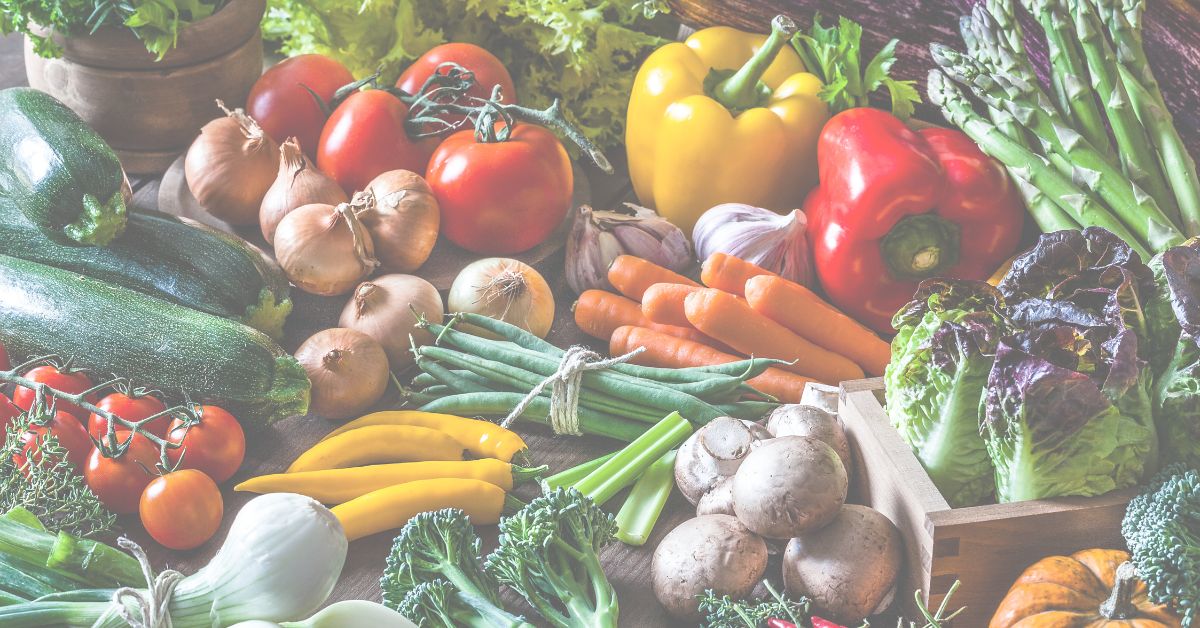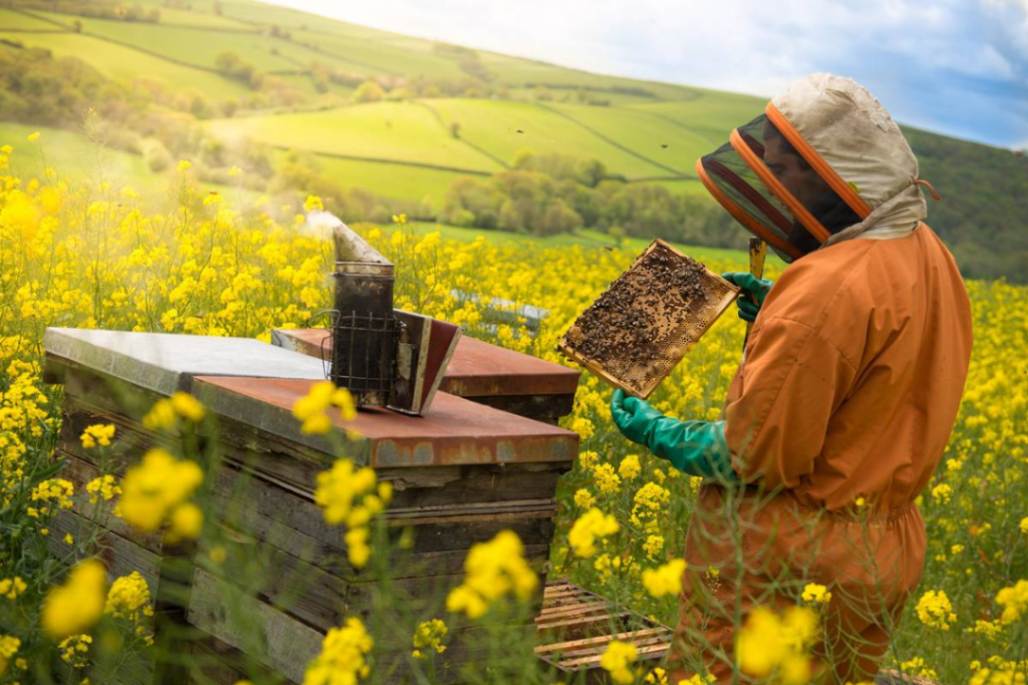Introduction:-
The farming environment has been changing significantly. The farmers and consumers together are looking to regenerative agriculture as a solution because of the growing environmental issues and the need for sustainable methods becoming more important.
Regenerative agriculture is an evolution of traditional agriculture that reduces water and other resources while preventing land degradation and deforestation. It protects and improves soil, biodiversity, climate, and water resources while increasing agricultural productivity and profitability.
Regenerative Agriculture is focused on working with nature, limiting costly artificial inputs and copying the natural ecosystems. It is highly dependent on working with unique environmental conditions.

Principles behind Regenerative Agriculture:-
Some key principles are consistent no matter where it is being implemented
1. Minimize Soil Disturbance:
Plowing of soil damages its structure and leaves it vulnerable to wind and water erosion. By minimising soil disturbance, the soil ecosystem can develop and one can see a drastic reduction in soil erosion and maximisation of soil biodiversity. In regenerative agriculture, farmers plant seeds directly into the leftovers of the previous harvest, drastically reducing or eliminating plowing. As a result, the soil has a higher organic matter content and is less likely to be carried away by wind or water.
2. Cover the soil:-
Many of the land’s CO2 emissions are caused by leaving the soil exposed, particularly after plowing. Sunlight shining on bare soil oxidises organic matter causing CO2 to be released and generating a direct loss of fertility. A natural and affordable solution to prevent vacant land is to plant cover crops, which are temporary plants planted between primary crop rotations. In addition, covering the soil stops runoff and soil erosion from getting into water systems.
3. Integrate livestock when possible:-
Livestock such as cows, goats, sheep, chickens, and pigs act as walking bioreactors that help transform plant material into rich organic matter through manure production. There are a range of benefits of including livestock in crop production such as increased fertility and improved soil structure. At the end of the season, the grazing cover crops or crop residue helps in preparing the land for the next round of seeding.
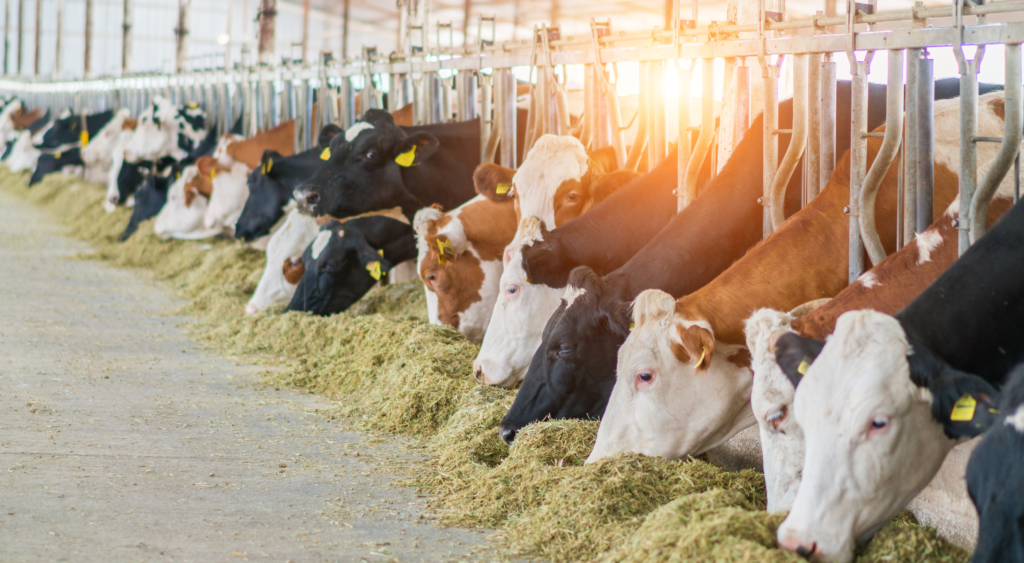
Goals of Regenerative Agriculture:-
1. Food Security:-
Regenerative Agriculture aims to produce enough nutritious food for everyone in the world. This can further lead to food security and improve the health of people.
2. Climate resilience:-
Regenerative Agriculture helps farmers to avoid the economic losses which are caused by extreme weather conditions. It can also reverse the effects of climate change by increasing the water holding capacity.
3. Conservation:-
Regenerative Agriculture aims to conserve and restore farms and their ecosystems.
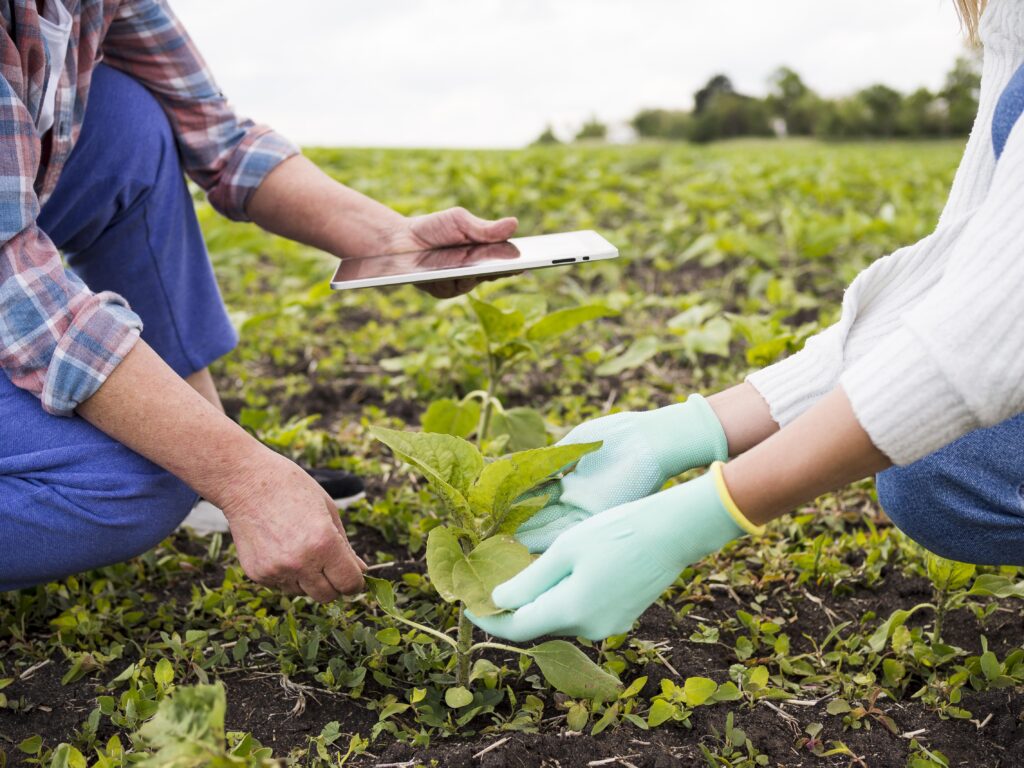
Benefits of Regenerative Agriculture:-
1. Soil Health:-
Regenerative Agriculture gives priority to soil as a living ecosystem. It also improves the fertility of the soil through increased biomass production which prevents the soil from degradation.
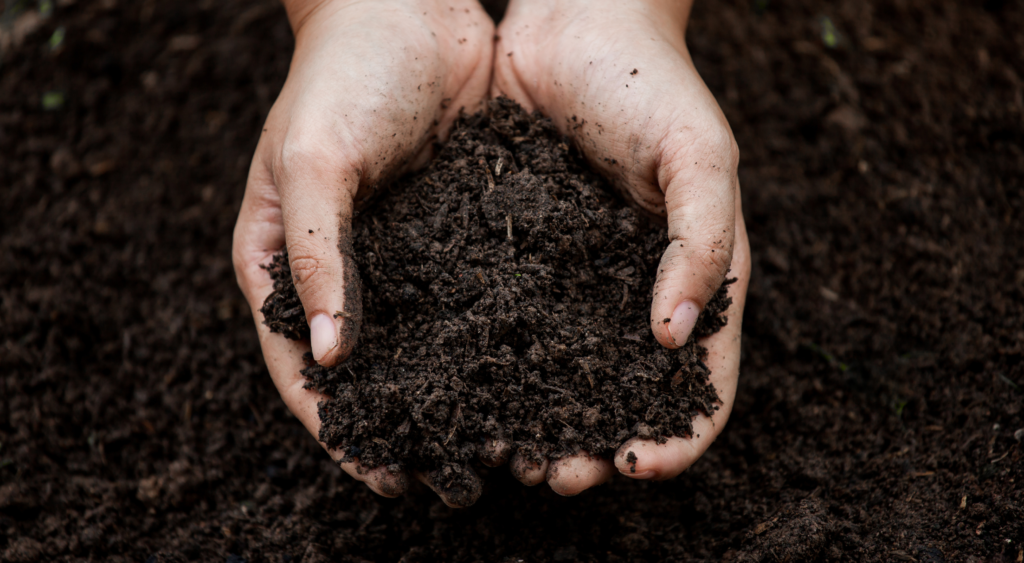
2. Biodiversity:-
Reducing pesticide usage supports the biodiversity of farms. In some cases, higher crop yield means more natural habitats can be protected. Integrating livestock into cropping systems can also help in enhancing the nutrient cycle and soil fertility.
3. Carbon Sequestration:-
Regenerative agriculture can help remove carbon from the atmosphere and slow down climate change by increasing soil organic matter through techniques like cover cultivation and no-till farming.
4. Climate:-
Regenerative Farming helps reduce carbon emissions and improves the resilience of crops to climatic shock.
5. Water Management:-
Regenerative Agriculture helps conserve water, improve water quality and reduce erosion through practices such as contour farming, improved irrigation and agroforestry techniques.
6. Localized Food Systems:-
Local food systems are often supported by Regenerative Agriculture. It also reduces food miles and improves the connection between producers and consumers.
7. Holistic Management:-
The holistic approach is often taken by Regenerative Farmers. They prioritise farm resilience and community engagement.
8. Prosperity:-
Regenerative Agriculture improves the livelihood of farmers by reducing costs and improving crop yield and crop quality.
Conclusion:-
In Conclusion, regenerative agriculture presents a picture of farming in the future that emphasizes biodiversity, soil health, sustainability, and community resilience. Farmers who adopt regenerative practices can enhance their operations more sustainably and productively while also achieving more general objectives like reducing climate change, protecting natural resources, and improving food quality. Regenerative agriculture is not only a new way of farming but also a new way of living. It values the health of the land, the well-being of the community and the resilience of the ecosystem.
Why choose SapAgro’s Training Program
Expert Guidance:
Learn from seasoned professionals with over 16 years of hands-on experience in organic farming.
Comprehensive Curriculum:
Sap Agro’s program covers every aspect, from soil health to market strategies, ensuring a holistic understanding of organic farming.
Proven Success Stories:
The success stories of farmers trained by Sap Agro stand as a testament to the effectiveness of their training program.
Sustainable Practices:
Gain insights into sustainable farming practices that not only benefit the environment but also contribute to the profitability of your venture.
In the pursuit of a profitable and sustainable future in organic farming, Sap Agro’s Organic Farming Training in India Program becomes a guiding light. As we conclude this exploration, we encourage aspiring farmers to consider Sap Agro as a gateway to success.
Seize the opportunity to learn, grow, and thrive in the organic farming landscape with Sap Agro. Together, let’s cultivate a future that not only yields profitable harvests but also nurtures our planet for generations to come.
Also, if you are interested in learning Digital Marketing then Moving Digits is the best option for you.



